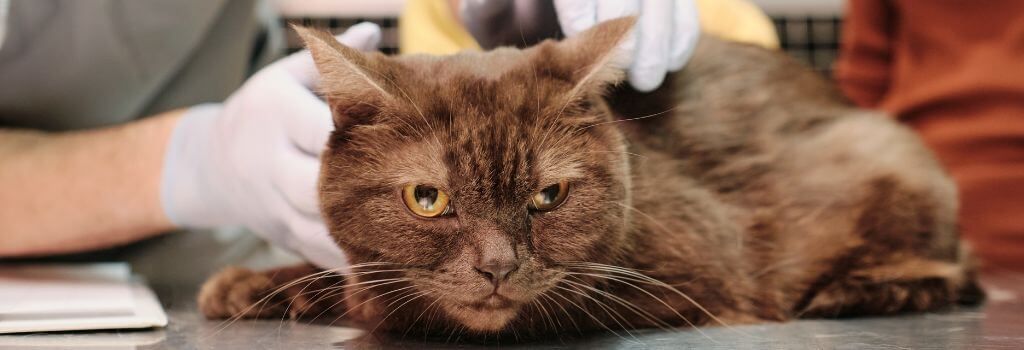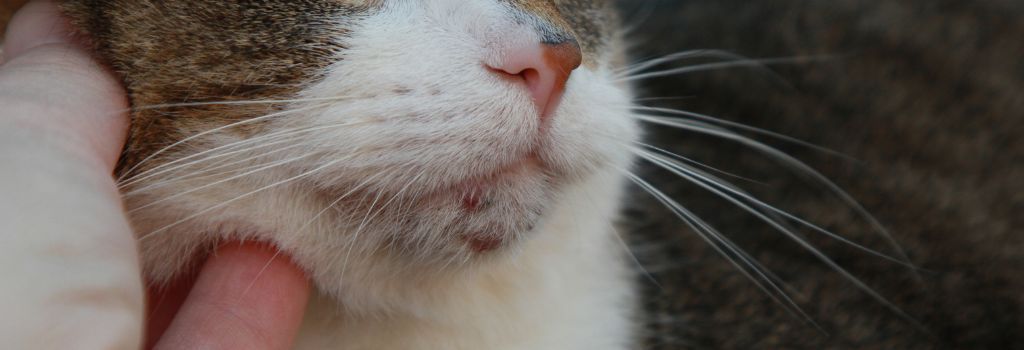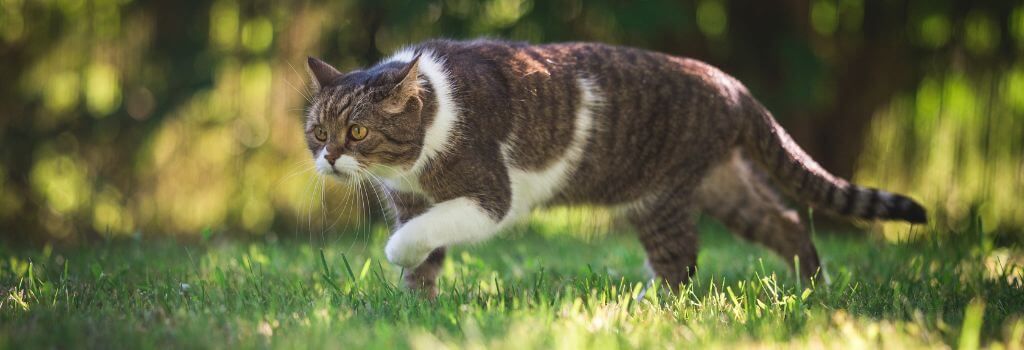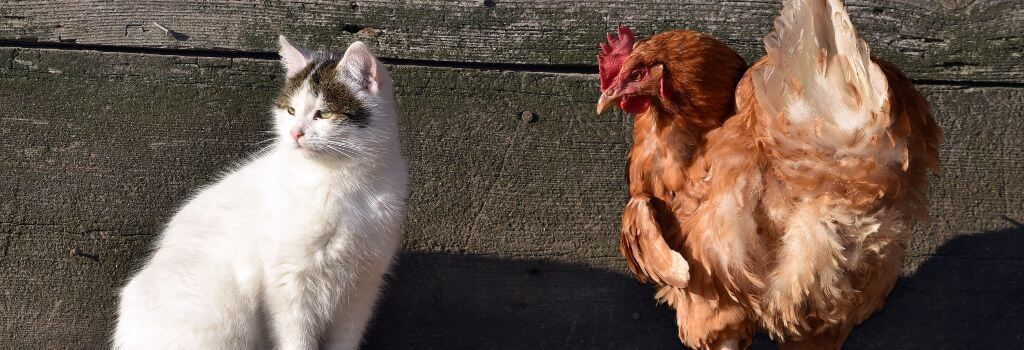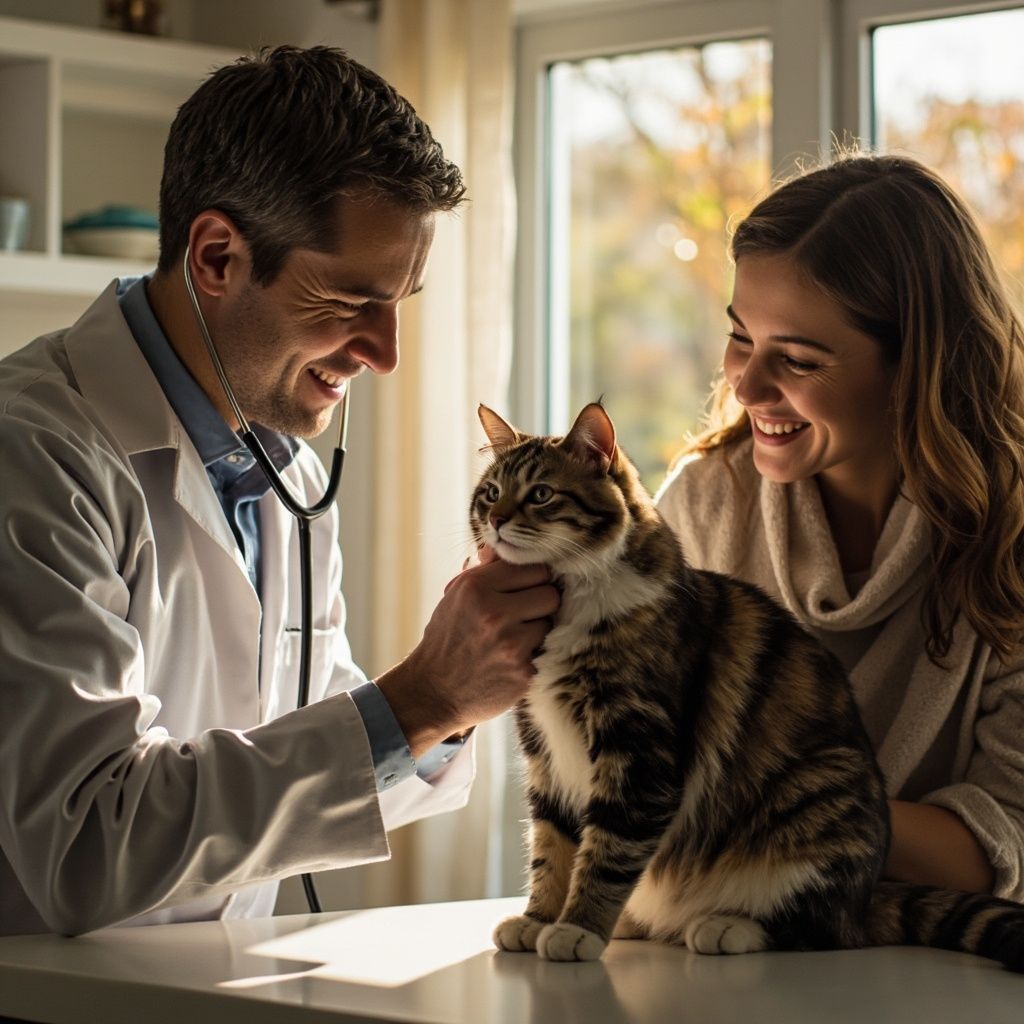No Off-Season: Why Flea and Tick Prevention Matters All Year Long
Fleas and ticks may be tiny, but they can cause big problems for our furry friends. As responsible owners, it's crucial to prioritize flea and tick prevention to keep our pets happy, healthy, and itch-free.
But, too many pet owners make one grave mistake when it comes to dealing with fleas and ticks: ignoring year-round prevention. It's easy to be vigilant and stay on top of treatments when the risks for fleas and ticks are highest in warmer months, but pet owners can be lulled into a false sense of security when the temperature starts to drop.
In this blog, we'll dive into the reality of flea resilience in winter, identify high-risk areas, and provide recommendations for the most effective year-round flea and tick prevention tools.
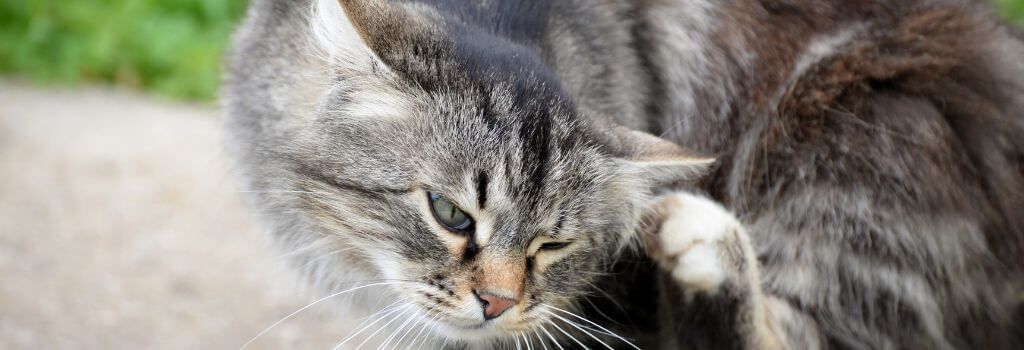
Can My Pet Get Fleas in the Winter?
Let's start off by addressing the question on everyone's mind: "Can my pet get fleas in the winter?" Yes, your pet can get fleas even in the winter! While the risk for flea and tick exposure is typically lower in the winter months, it's 100% possible for your pet to get fleas any time of year.
These parasites need prolonged cold periods to either die off or enter dormancy. Fleas are resilient pests, capable of enduring temperatures as low as 46 degrees. Yet, eradicating an adult flea requires a sustained period of at least five days with temperatures consistently below freezing. In the range between temperatures below 46 degrees and 33 degrees, the survival rate fluctuates between 10 and 20 days. However, these pests have been shown to have great resilience despite cold temperatures. In fact, a study conducted by Wright State University revealed that ticks were found alive and active under six inches of snow during winter.
Warmer Winters & Their Effects on Fleas and Ticks
Across the globe, numerous regions have experienced unusually mild winters. While this may be enjoyable for us humans, it creates an ideal environment for fleas and ticks to thrive. In short, warmer weather means that there is potential for ticks to emerge earlier in expected seasons and stick around longer. According to the Environmental Protection Agency, "studies provide evidence that climate change has contributed to the expanded range of ticks… "
This is not only due to those warmer winters we mentioned – as well as longer and hotter springs and summers – but also because of changes in habitats to common flea and tick hosts. Fleas and ticks depend on host carriers for both food and transportation and as common hosts like mice and deer adapt to changing climates, there is potential for tick populations to grow in certain areas.
The Relationship Between Climate & High-Risk Areas
Fleas and ticks generally prefer warm and humid environments. These conditions are conducive to their development and survival. In areas with high temperatures and humidity, such as tropical and subtropical regions, the risk of flea and tick infestations tends to be higher. However, as climates fluctuate in multiple regions, it's crucial for pet owners to stay vigilant and stay on top of their
States along the West Coast and the southern border, such as California, Texas, and Florida, grapple with year-round flea seasons due to their warm climates and lack of prolonged cold spells. Central and northern states like Colorado, Minnesota, and Ohio typically enjoy a respite during the winter months when conditions become cooler and drier, but as conditions continue to change and warming trends continue , this may not be the case forever. Understanding the relationship between climate and the prevalence of these parasites is essential for implementing effective prevention and control measures in different regions.
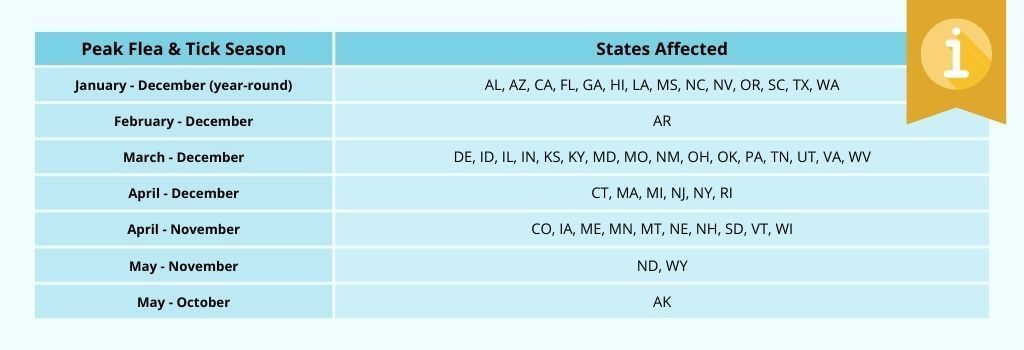
Top Options for Year-Round Flea and Tick Prevention
Given their resilience, we strongly advocate for year-round flea and tick prevention. The primary purpose of prevention is to shield your pet from various diseases transmitted by these pesky external parasites. Fleas are notorious not just for causing skin irritation and allergies but also for carrying diseases that can affect your pet's red blood cells. Ticks, which come in several varieties, are carriers of different illnesses, such as Lyme disease and Rocky Mountain Spotted Fever , all of which can have a detrimental impact on your pet's health.
The market offers a variety of products for flea and tick prevention. However, over time, we have observed a noticeable decline in the effectiveness of many over-the-counter options. As a result, we recommend working with your vet to gain access to prescription products that continue to demonstrate superior efficacy.
The Perfect Partnership for Optimal Prevention
Year-round flea and tick prevention is a battle you won't want to face alone. Working closely with your veterinarian to create the most effective year-round flea and tick prevention plan is your best bet for ensuring your pet's health, safety, and comfort.
Not only can your vet recommend the best products to fight off fleas and ticks in your area, but they can also monitor the effectiveness of the chosen prevention program and make adjustments based on changes in the pet's health, environmental conditions, or the emergence of new threats. Regular check-ups also provide an opportunity for you and your vet to assess the ongoing efficacy of the preventive measures and make any changes if needed.
If you have questions and you'd like to reach out to us, you can call us directly at (859) 625-5678 , or you can email us at aacrichmond@yahoo.com. Don't forget to follow us on social media Facebook , Instagram.
This blog was first seen on Deer Park Veterinary Hospital.
Recent Posts

